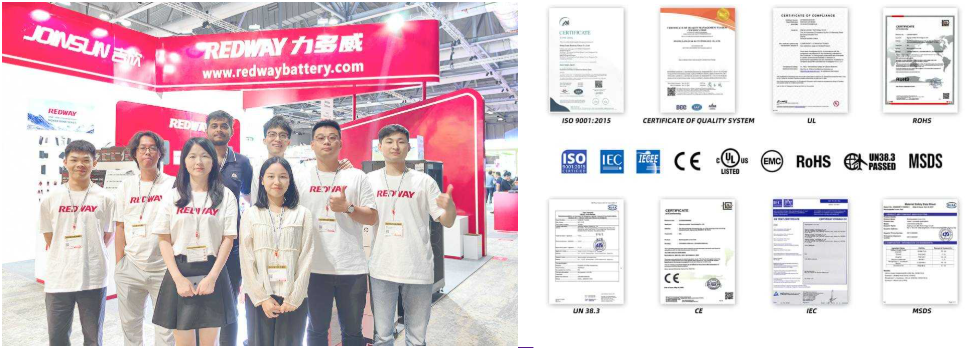Understanding how long a 100Ah battery can run a 1000W inverter is crucial for anyone relying on portable power solutions. A properly calculated estimate reveals that under ideal conditions, this setup can provide approximately one hour of operation, factoring in efficiency losses and load demands.
How do you calculate the operating time of a 100Ah battery with a 1000W inverter?
To determine how long a 100Ah battery can sustain a 1000W inverter, you can use the formula:
For example, if you have a standard 12V battery, its total power capacity is:
Wholesale lithium golf cart batteries with 10-year life? Check here.
Assuming an inverter efficiency of about 90%, your calculation would look like this:
This indicates that under full load, the battery can support the inverter for just over an hour. Chart: Operating Time Calculation
Want OEM lithium forklift batteries at wholesale prices? Check here.
| Battery Voltage (V) | Capacity (Ah) | Total Power (Wh) | Inverter Efficiency (%) | Load Power (W) | Runtime (hours) |
|---|---|---|---|---|---|
| 12 | 100 | 1200 | 90 | 1000 | ~1.08 |
What factors determine how long a 1000W inverter will run on a 100Ah battery?
Several critical factors influence runtime:
- Battery Capacity: A higher amp-hour rating means longer potential usage.
- Inverter Efficiency: Energy loss during conversion affects usable power.
- Power Consumption: The total wattage drawn by devices connected to the inverter dictates discharge rate.
- Temperature Conditions: Extreme heat or cold can reduce both efficiency and capacity.
How does inverter efficiency affect runtime?
Inverters are not perfectly efficient; they typically operate between 80% to 95% efficiency. This means that some energy is lost during the conversion from DC to AC power. For instance, if your inverter operates at 90% efficiency, only 900 watts out of 1000 watts will be effectively used from the battery, thereby reducing overall runtime.Chart: Efficiency Impact
| Inverter Efficiency (%) | Usable Power from Battery (W) |
|---|---|
| 80 | 960 |
| 85 | 945 |
| 90 | 900 |
| 95 | 855 |
What is the impact of power consumption on battery life?
The total wattage consumed by devices connected to the inverter significantly influences how quickly the battery drains. If your devices draw less than 1000 watts, you may achieve longer runtimes than calculated under full load scenarios. Conversely, higher loads will deplete the battery more rapidly.
How do temperature conditions influence battery performance?
Ambient temperature plays an essential role in determining how efficiently your battery operates. Cold temperatures can reduce capacity and increase internal resistance, while high temperatures may lead to faster degradation and reduced lifespan. Ideally, maintain your batteries within recommended temperature ranges for optimal performance.
What are best practices for maintaining inverter batteries?
To ensure longevity and reliability:
- Regularly check and maintain charge levels.
- Avoid deep discharges; keep usage within safe limits.
- Store batteries in temperature-controlled environments.
- Use quality chargers designed for your specific type of battery.
Expert Views
“Understanding your energy needs and managing your system’s components are vital for maximizing performance and extending lifespan. Regular maintenance and monitoring can significantly enhance your setup’s reliability.”
FAQ Section
- How long will my inverter run if I connect additional devices?
Adding more devices increases total wattage demand, which decreases runtime proportionally. - Can I use this setup for continuous operation?
Continuous operation may require multiple batteries or alternative power sources to avoid deep discharges. - What happens if I exceed my inverter’s rated capacity?
Exceeding capacity can cause overheating, potential damage to both the inverter and connected devices.
What Size Inverter for 100Ah Battery






